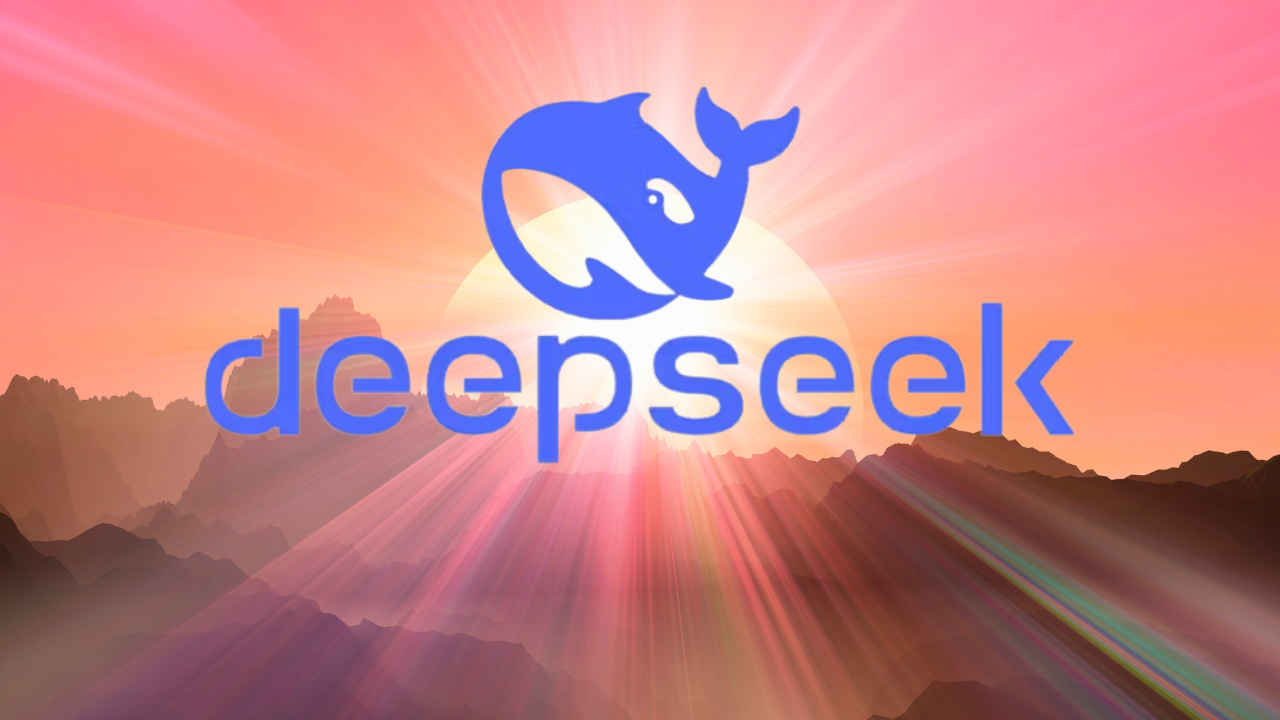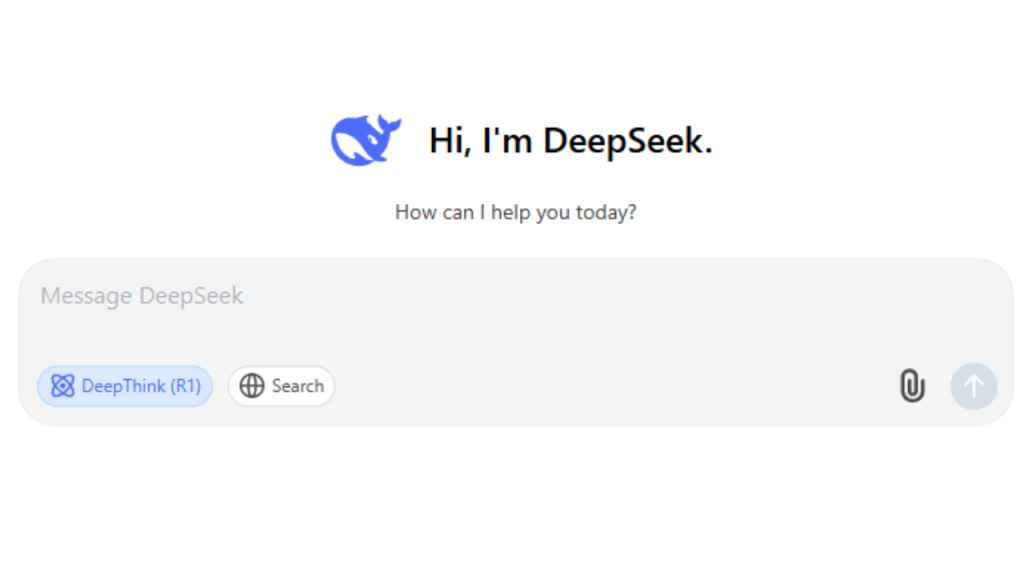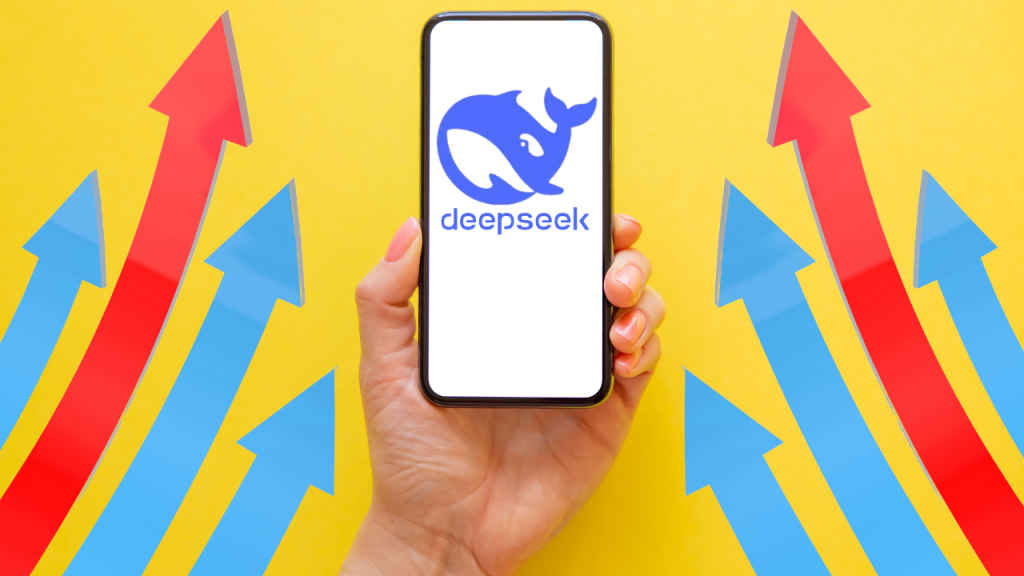DeepSeek AI: How this free LLM is shaking up AI industry

When you picture a tech disruptor in the field of artificial intelligence, chances are you think of well-funded American giants, maybe something out of Silicon Valley with big venture capital dollars behind it. But every so often, a player emerges from an unexpected corner of the world, knocking our collective socks off. Right now, that disruptor is DeepSeek, a Chinese AI startup that has left global financial markets reeling – and our understanding of who can dominate the world of AI and how.
For me, it all started with a flurry of news reports about an “open-source AI marvel” that had trained a top-tier model on a fraction of the budget normally swallowed by big-time AI labs. Then came the jaw-dropping day on January 27, 2025, when NVIDIA stock fell a massive 17% in a single day, wiping out $600 billion. Even in an era where stock values soar and crash like clockwork, that’s a meltdown you rarely see.
Also read: DeepSeek AI: Beyond ChatGPT, 5 ways DeepSeek is rewriting AI rules
In a world where we’re used to hearing about monstrous billion-dollar training budgets, DeepSeek’s success story is the polar opposite. It’s about being ingeniously frugal, preserving open-source ethos, and an against-all-odds approach that puts them on the map faster than you can say ‘GPU shortage.’
DeepSeek: Chinese AI player no one saw coming
Little is known of DeepSeek’s CEO and founder, Liang Wenfeng, who also co-founded a successful hedge fund, High-Flyer Quant, before pivoting to AI. In 2023, he launched DeepSeek with a mission to democratise AI development. Flash forward two years, and the company’s new flagship model, DeepSeek-V3, is knocking us all back on our heels.

Why is the whole world talking about DeepSeek these past few days? It’s got to do with their secret sauce. They built and trained that model on about 2,000 NVIDIA H800 GPUs – way lesser than the 16,000 or so GPUs your typical top-tier lab might throw at the problem. All thanks to a technique allowing each task to tap only the slice of compute it genuinely needs. The net effect is that DeepSeek spent roughly $5.58 million on training – peanuts by AI “unicorn” standards – and still ended up with performance that many say matches or even surpasses the likes of OpenAI ChatGPT, Anthropic Claude and other big US labs dabbling in cutting edge AI.
Soon after DeepSeek unveiled their new model with all of its specs and (more importantly) its performance metrics, the very first Monday of trading saw NVIDIA’s stock tumble 17% or just under $600 billion – wiping off the largest single day net worth of any company ever. Investors had a knee jerk reaction to the fact that if DeepSeek’s approach scales, you don’t need thousands of top-shelf NVIDIA GPUs. You just need a fraction of that, cleverly used. This is potentially worrisome to NVIDIA’s growth story, which has so far banked on AI labs spending ever larger sums on hardware.
Also read: DeepSeek vs ChatGPT and NVIDIA: Making AI affordable again?
It’s not just NVIDIA that took a body blow, as Microsoft, Google’s parent Alphabet, Broadcom, among others, saw significant dips. Over $1 trillion disappeared off the US stock market, on the first day of trading of the week in the aftermath of DeepSeek. When an upstart like DeepSeek can trigger such widespread market waves, perhaps it’s a sign that we’re entering an era of “lean AI,” akin to how “lean start-ups” emerged in tech a decade ago.
DeepSeek gives thumbs up to open source AI
Another fundamentally interesting fact about DeepSeek’s disruptive power is that it didn’t just cut costs – it embraced an open-source framework. That might raise eyebrows, considering the typical hush-hush secrecy we see from big AI product companies who treat their models like trade secrets. By contrast, DeepSeek is letting outsiders peek at the code, adapt it, or repurpose the architecture for their own ends. For me, that’s a real breath of fresh air. After all, if we keep AI hidden behind locked doors and massive paywalls, how do we expect it to actually solve real problems at scale?
If you’re a small company or a rural university lab anywhere in the world, you probably don’t have the budget to pay for usage of top-tier commercial AI. But if a robust open-source model exists, you can dive in and build solutions for local needs – farming, weather predictions, small business analytics – without bankrupting yourself on API calls.

Also read: Deepseek R1 vs Llama 3.2 vs ChatGPT o1: Which AI model wins?
This shift is reminiscent of the wave of open-source software that took on proprietary operating systems decades ago. Linux started out as a side project and ended up powering most of the internet. Could DeepSeek do something similar for advanced AI?
Of course, DeepSeek’s success didn’t happen in a vacuum. Llama from Meta was an early sign that open-source AI can shake up the market. The question is whether DeepSeek’s model is truly up there in performance for general-purpose tasks like coding or language generation. From the initial buzz, it appears it might be.
DeepSeek’s criticism and censorship fear
But it’s not just about cost and code availability. There are geopolitical undercurrents here, and not everyone is popping open champagne bottles to celebrate DeepSeek’s viral AI moment just yet – despite DeepSeek becoming the #1 app on Apple’s App Store in the US by Jan 27, 2025, pushing down OpenAI’s ChatGPT.
Skeptics and experts alike say the DeepSeek AI model might be forced to comply with sending data back to China or Chinese censorship standards, limiting the range of permissible discourse. Others raise concerns about data privacy – we still don’t know exactly what data DeepSeek used for its AI model training. For instance, if they used data from the open internet, the same misinformation or bias issues that plague other AI models could pop up again on DeepSeek.
Also read: DeepSeek R1: A wake-up call for Indian AI ambition, say startup investors

It’s also worth noting that sometimes a disruptive demonstration might not hold up at large scale. We can’t overlook the real possibility that DeepSeek’s model might falter under certain high-level tasks or user loads. In fact this is happening now, where DeepSeek queries are returning “The server is busy, please try again later” responses. According to the official press statements, DeepSeek remains in research and development mode, with no immediate push for commercial monetisation. So is DeepSeek robust, or is it a well-crafted AI spectacle meant to last for a fleeting moment?
In a post DeepSeek AI world
One thing is for certain, though. DeepSeek’s sudden rise is part of a larger story – the unstoppable wave of open-source and cost-efficient AI that’s now upon us. At least in the short term, we’re likely to see a flurry of open-source AI startups, each claiming to replicate or improve upon DeepSeek’s success. That’s good for competition, good for price, and hopefully good for all the smaller industries or academic labs that want in on the AI revolution.
Also read: DeepSeek praised by Silicon Valley: The $6 million AI disruption
For the end-user – people like you and me – this might mean a future with advanced AI assistants that don’t cost an arm and a leg, or that don’t require you to trust your data with a big, remote cloud. Imagine freely running a near-cutting-edge language model on your laptop or a modest local server – or even a Raspberry Pi! That’s a radical shift from the “subscribe to a $200/month tier for advanced usage” narrative we’ve been fed.
Maybe it’s a bit premature to write off expensive enterprise AI models entirely – OpenAI’s prospects may dwindle a bit, NVIDIA will reevaluate expectations, and the hype will settle down somewhat. Still, there’s no doubt DeepSeek is shining a spotlight on an uncomfortable truth, that a lot of us might have been overpaying for AI we could replicate on half the hardware with a dash of clever engineering.
Also read: DeepSeek-R1, BLOOM and Falcon AI: Exploring lesser-known open source LLMs
Jayesh Shinde
Executive Editor at Digit. Technology journalist since Jan 2008, with stints at Indiatimes.com and PCWorld.in. Enthusiastic dad, reluctant traveler, weekend gamer, LOTR nerd, pseudo bon vivant. View Full Profile




